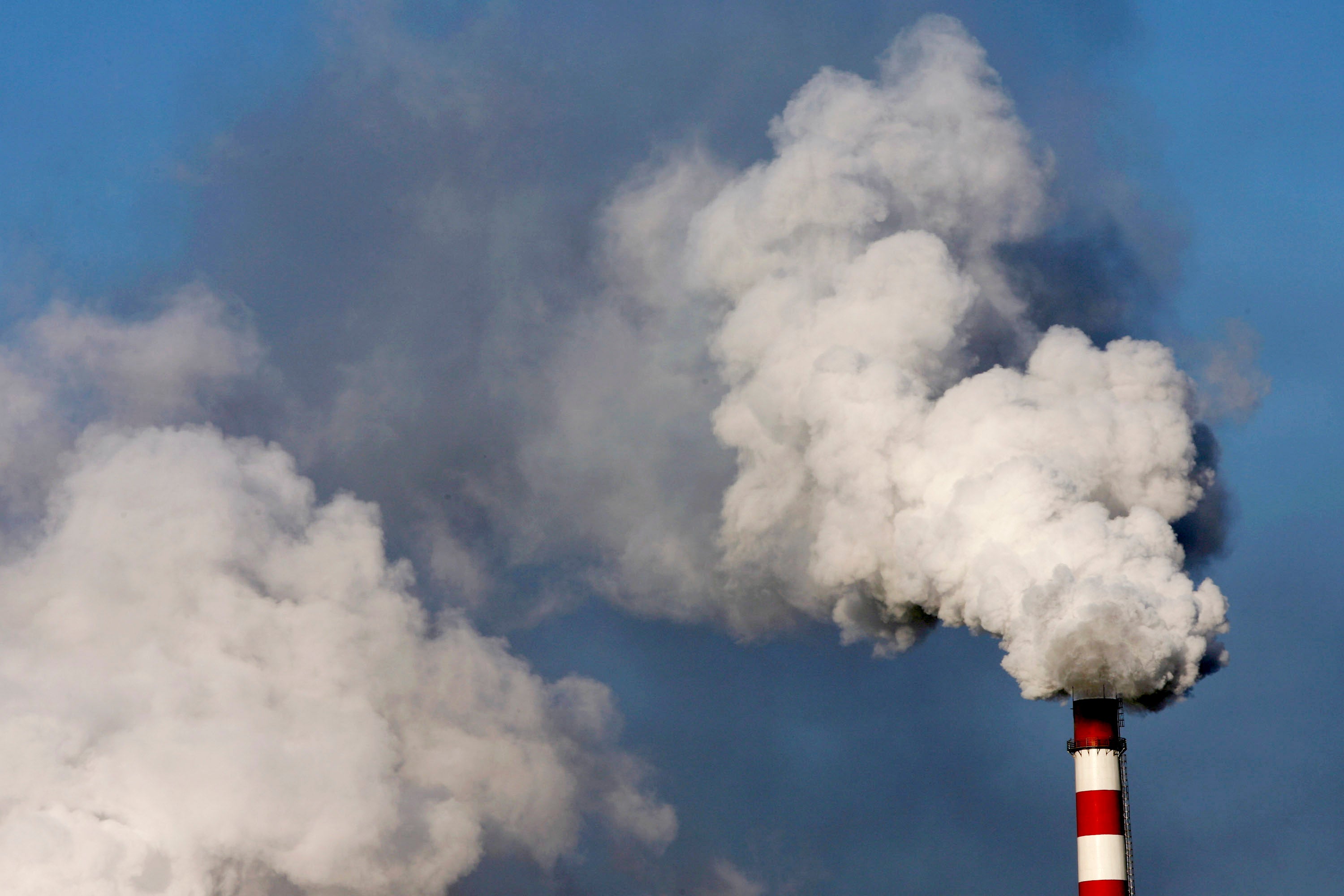Europe and China carbon emissions lowest since Covid lockdown amid economic downturn
Exclusive: Beijing’s Covid restrictions and high global energy prices are thought to be behind the drop in emissions

Your support helps us to tell the story
From reproductive rights to climate change to Big Tech, The Independent is on the ground when the story is developing. Whether it's investigating the financials of Elon Musk's pro-Trump PAC or producing our latest documentary, 'The A Word', which shines a light on the American women fighting for reproductive rights, we know how important it is to parse out the facts from the messaging.
At such a critical moment in US history, we need reporters on the ground. Your donation allows us to keep sending journalists to speak to both sides of the story.
The Independent is trusted by Americans across the entire political spectrum. And unlike many other quality news outlets, we choose not to lock Americans out of our reporting and analysis with paywalls. We believe quality journalism should be available to everyone, paid for by those who can afford it.
Your support makes all the difference.Carbon dioxide emissions in Europe and China have dropped to levels not seen since the peak of the Covid pandemic amid an economic downturn , new research has found.
The fall throughout May is likely down to Beijing’s continued Covid restrictions and high global energy prices, according to geoanalytics company Kayrros.
Industrial emissions have dropped in China as the country continues to pursue a zero-Covid policy, and lockdowns have caused retail sales to fall for three consecutive months, Kayrros said.
Rising energy prices, including coal, have also squeezed margins and caused plants to reduce rates or suspend operation, it added.
The company, which tracks greenhouse gas emissions, said China’s investment in construction is lower than it was a year ago and cement production has dropped by almost a third below usual levels.
In Europe, industrial emissions have also fallen to levels last seen at the beginning of the Covid pandemic in March 2020.
Industrial plants have shut down across the continent due to the spike in energy costs, with Europe’s steel and cement sectors especially affected, according to Kayrros. Steel and cement are highly-energy intensive.
While the reduction in emissions is good news for climate change, Kayrros said this decline was happening for the “wrong” reasons - due to an economic downturn rather than a move towards a renewable energy system. It also remains unclear how long this slump in emissions will last.
“A global recession would limit demand for intensive industrial processes, but eventually this will revert,” said Antoine Halff, co-founder and chief analyst at Kayrros.
“Nations need a sustainable strategy for ensuring the availability and affordability of energy, and the ability to continue manufacturing without accelerating climate change.”
Mr Halff said this could be done in four steps: a more energy-efficient global economy, a higher share of renewables, reduced fossil fuels, and high-quality carbon offsets.
China is the world’s highest emitting country. In 2021, its carbon dioxide emissions rose above 11.9 billion tonnes, accounting for a third of the global total.
The International Energy Agency estimated that the European Union’s emissions in 2021 should stand at 2.4 billion tonnes or around 15 per cent of world emissions.




Join our commenting forum
Join thought-provoking conversations, follow other Independent readers and see their replies
Comments